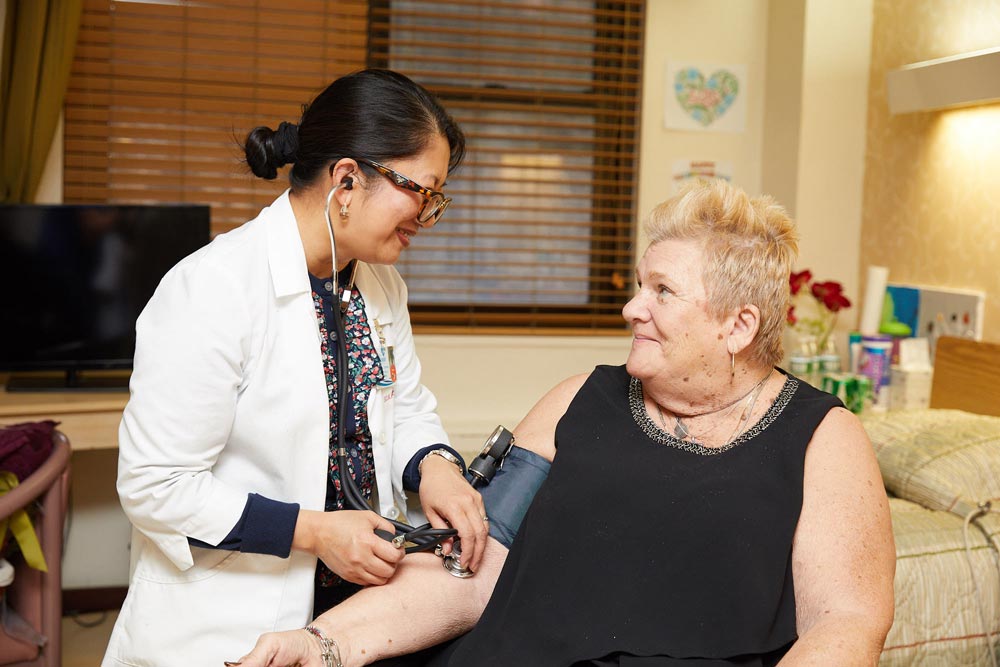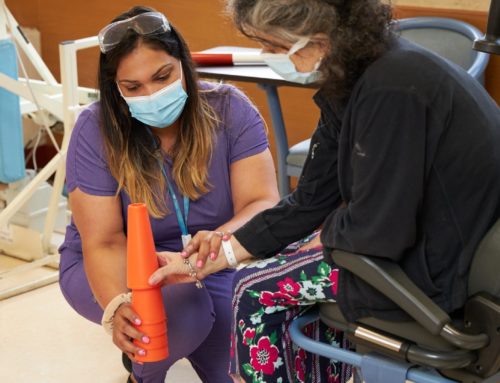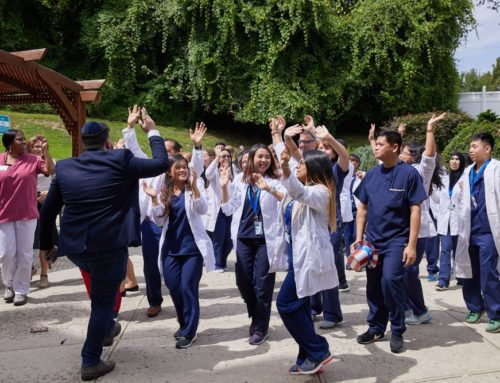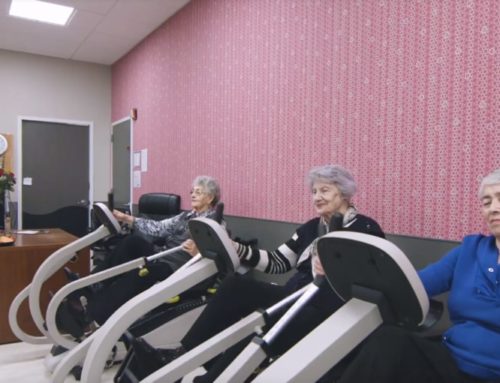What Causes Delayed Wound Healing?
Wounds take time to heal, but even the most severe damage should recover within eight weeks. Unfortunately, some individuals experience delayed wound healing, resulting in stagnant, swollen, or numb tissue with odd coloring, odors, and discharge. Though chronic wound causes vary, a few are more common, so it’s crucial to monitor the area for these issues.
Though minor wounds can be treated at home, serious wounds, injuries or surgical incisions require professional wound care. Trained specialists monitor patients, their wounds, and any symptoms or complications, such as infectious diseases, during recovery. If issues arise, the medical team determines the best treatment and pain management required. If you’d like to learn more about what causes slow wound healing, read the following sections.
Fairview Rehab offers outpatient and inpatient wound care in Queens NY. Contact us for more information.

The Most Common Cause of Delayed Wound Healing
The most common cause is infection, though several other factors may also affect an individual’s ability to heal.
When the skin is broken, microorganisms work their way into the wound, contaminating it. The bacteria then replicate, spreading throughout the area and halting the healing process.
Several symptoms occur when an infection has taken hold. These include:
- Prolonged inflammation
- Redness
- Odorous discharge
Your doctor may prescribe antibiotics to fight the infection and resume wound recovery.
Other causes
Though infection often causes delayed wound healing, several other issues may also prevent recovery. The wound location is one possible concern since some areas could sustain more trauma than others. For instance:
Laying on wounds for long periods causes pressure, slowing circulation. The feet and hands are used often, causing repetitive trauma and delayed healing.
Poor circulation is another aspect that increases recovery time. Blood carries the necessary cells, nutrition, and oxygen to the rest of the body to maintain functions. Wounds require higher amounts of these factors to heal quickly. Medical conditions, like diabetes or obesity, slow blood flow, preventing healing and causing chronic wounds.
Age-related – Delayed wound healing may also result from an individual’s age. As a person gets older, their bodily processes begin to slow. Their functions are also affected, causing slower recovery from any injury or issue, including wound healing.
Poor lifestyle choices alter every aspect of how your body works and heals itself. For instance, a poor diet reduces the necessary proteins required to rebuild tissue during recovery. Hydration is also essential for healing, so not drinking enough water prevents this.
Physical inactivity. Exercise increases circulation and oxygenation, while a sedentary lifestyle has the opposite effect, causing health issues, including delayed wound healing. Those who avoid physical activity also find it more difficult to manage their weight. The resulting obesity puts pressure on injured areas, causing chronic wounds.
Tobacco use is known to cause various health issues like lung or cardiovascular disease. It also causes blood to thicken and move more slowly through the body, preventing proper circulation and slowing recovery.
Stress contributes to various health issues and conditions, including high blood pressure, anxiety, heart disease, stroke, and depression. When stressed, the body releases cortisol, which blocks cytokines essential for healing. The higher the stress level and the longer they last, the more delayed wound healing becomes.
Resources:
https://www.summahealth.org/flourish/entries/2020/07/6-reasons-why-your-wound-wont-heal
https://www.ncbi.nlm.nih.gov/pmc/articles/PMC2903966/#:~:text=The%20factors%20discussed%20include%20oxygenation,healing%20and%20resolve%20impaired%20wounds.
https://www.ncbi.nlm.nih.gov/books/NBK482254/
https://www.apa.org/topics/stress/health
This article contains informational and educational materials and does not replace health or medical advice. For questions or concerns regarding your medical condition or health objectives, speak to a qualified physician or healthcare provider.






Leave A Comment